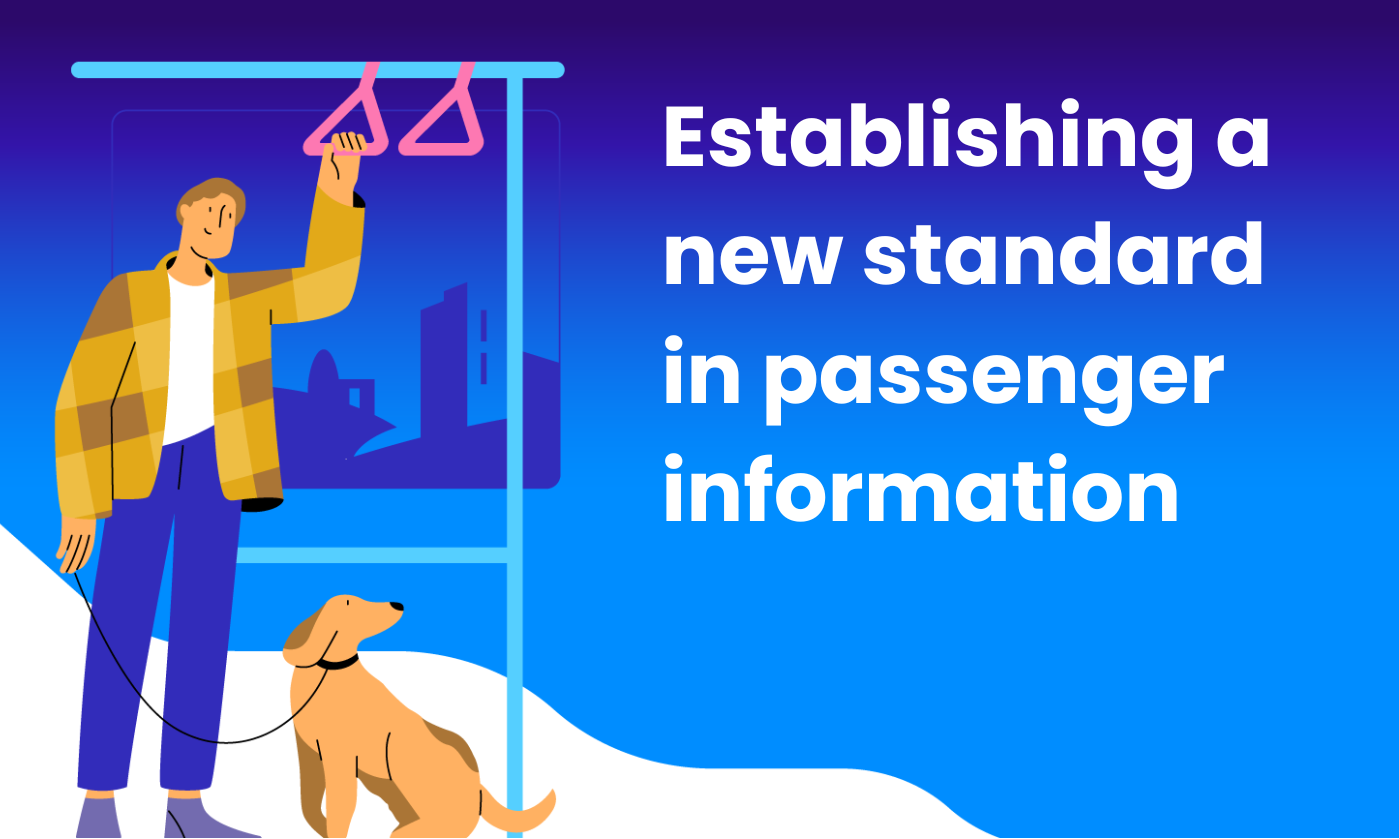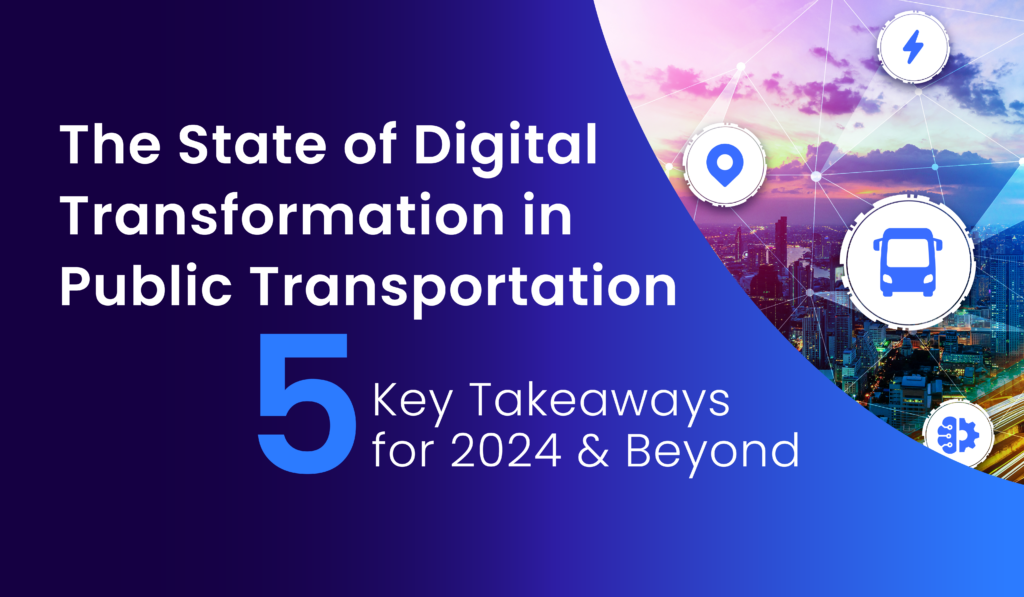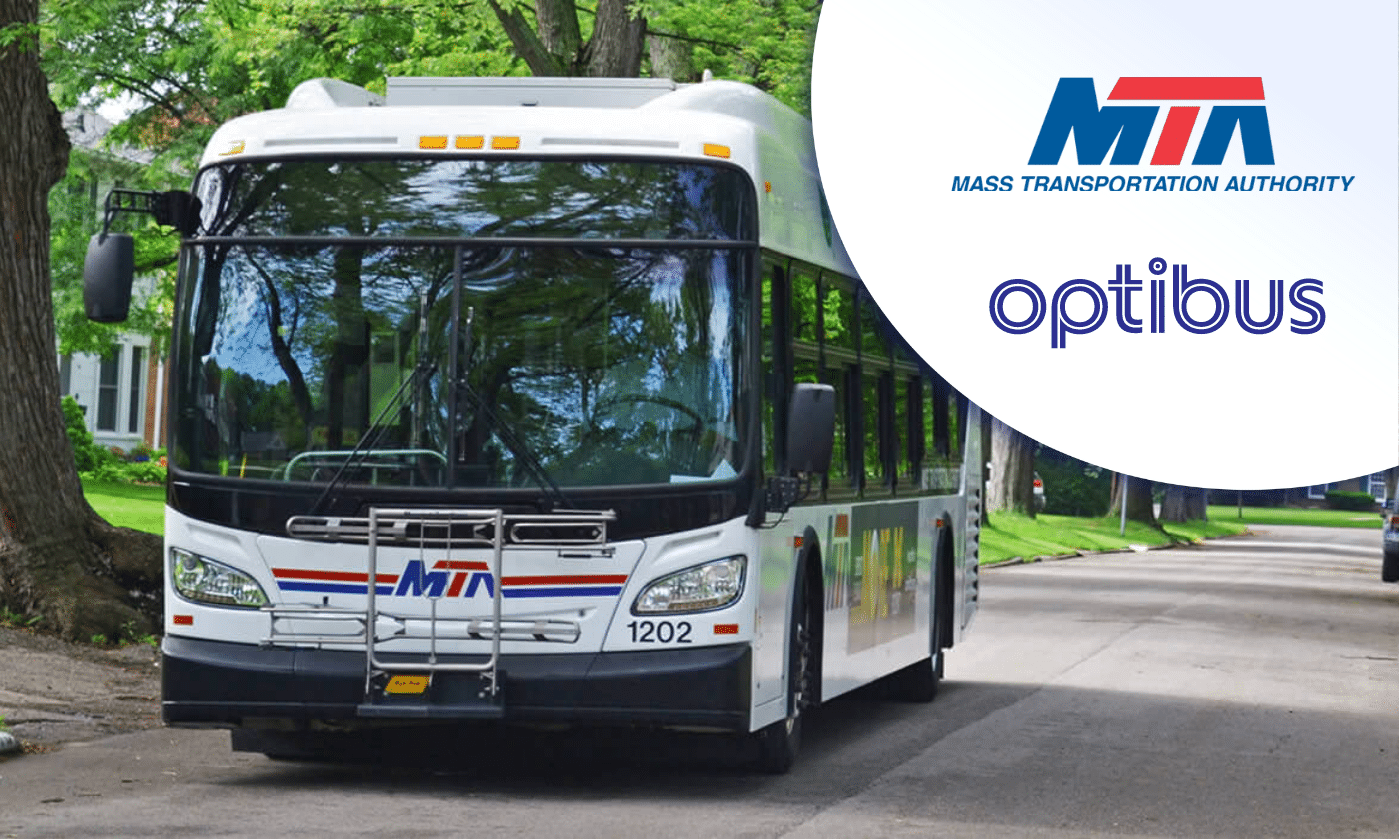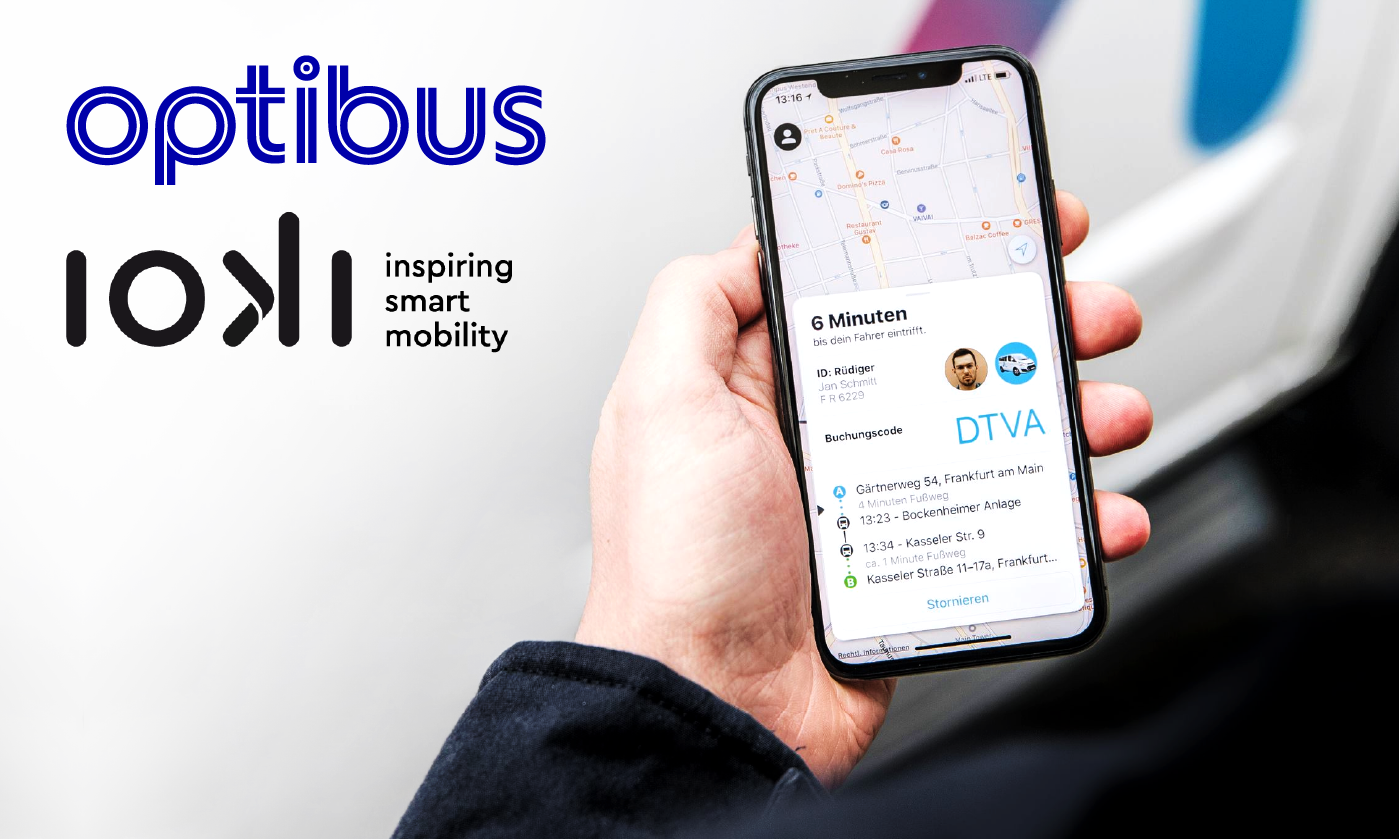"Where’s My Bus?"
It’s a familiar scene. A commuter stands at a bus stop, phone in hand, refreshing their app. The screen says the bus is due to arrive. The digital display offers no updates. The bus is late, or maybe it’s not coming at all. No one knows. Frustration builds, uncertainty spreads, and another person opts for a different mode of travel.
In a world where we can track food deliveries to the minute and monitor flights from thousands of miles away, knowing when a bus will arrive should be simple. But behind what seems like a basic expectation lies a tangled web of outdated systems, siloed teams, and lengthy manual processes.
The 4 Week Bus Update
What seems like a simple change, like moving a bus from a 7:00 AM start to 7:10, can take up to four weeks in some cities. Why? Because the data flows through multiple teams, outdated systems, and disconnected processes. Between private operators, government authorities, different planning tools, and manual uploads, the system is wired for delay, not agility.
We’ve seen agencies pass the same file through five or six hands. Teams modifying, verifying, reformatting, revalidating. With each step comes the potential for human error, time loss, and misalignment. And that’s before the change ever makes it to your phone or a bus stop display.
Now imagine a system where one person can make that change in 20 minutes (or even less).
That’s not hypothetical. A recently signed Optibus customer is now using a single platform to plan and publish passenger information. One person, one workflow. GTFS updates, timetables, ticketing data, all streamlined from the source. What once took weeks now takes minutes.
-2.png?width=1200&height=627&name=The%20Hidden%20Cost%20of%20Delayed%20Passenger%20Information%20(2)-2.png) Time is Just the Start
Time is Just the Start
Yes, speed matters. But the real opportunity goes deeper.
When updates are fast, networks can become more responsive. Network planners can adapt services to how people actually travel, not just how they used to. Imagine a system that learns that nobody is riding that 7:00 AM bus and automatically shifts it to better match demand. Imagine planners no longer blocked by clunky systems and siloed teams. Imagine network changes based on data, not delay.
This is the shift we at Optibus want to make possible.
Fixing Yesterday Isn’t Enough
Too often, the goal is simply to fix what’s broken. But let’s not stop there. Let’s go beyond and instead of just reduce the lag, eliminate it. Don’t just improve coordination; rethink it. Don’t just catch up; get ahead.
Public transportation agencies should feel empowered, not restricted, by the tools they use. Where information moves at the speed of change, not bureaucracy. Where planning and passenger updates live in the same ecosystem.
Let’s Talk
If any of this feels familiar, if you’ve ever waited weeks for a simple update or worked across too many disconnected tools, then it’s time to talk.
Book your demo to learn what Optibus can do for you. We’ve started by optimizing time but that’s just the beginning. For more information about Passenger Billboards and other Optibus passenger information products, click here.
.png?width=100&height=100&name=RussYell%20(1).png)

%20(1).png)

.png)


